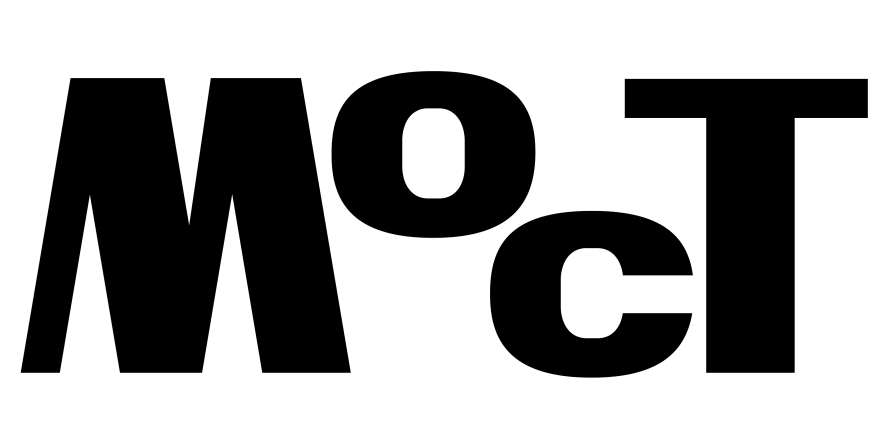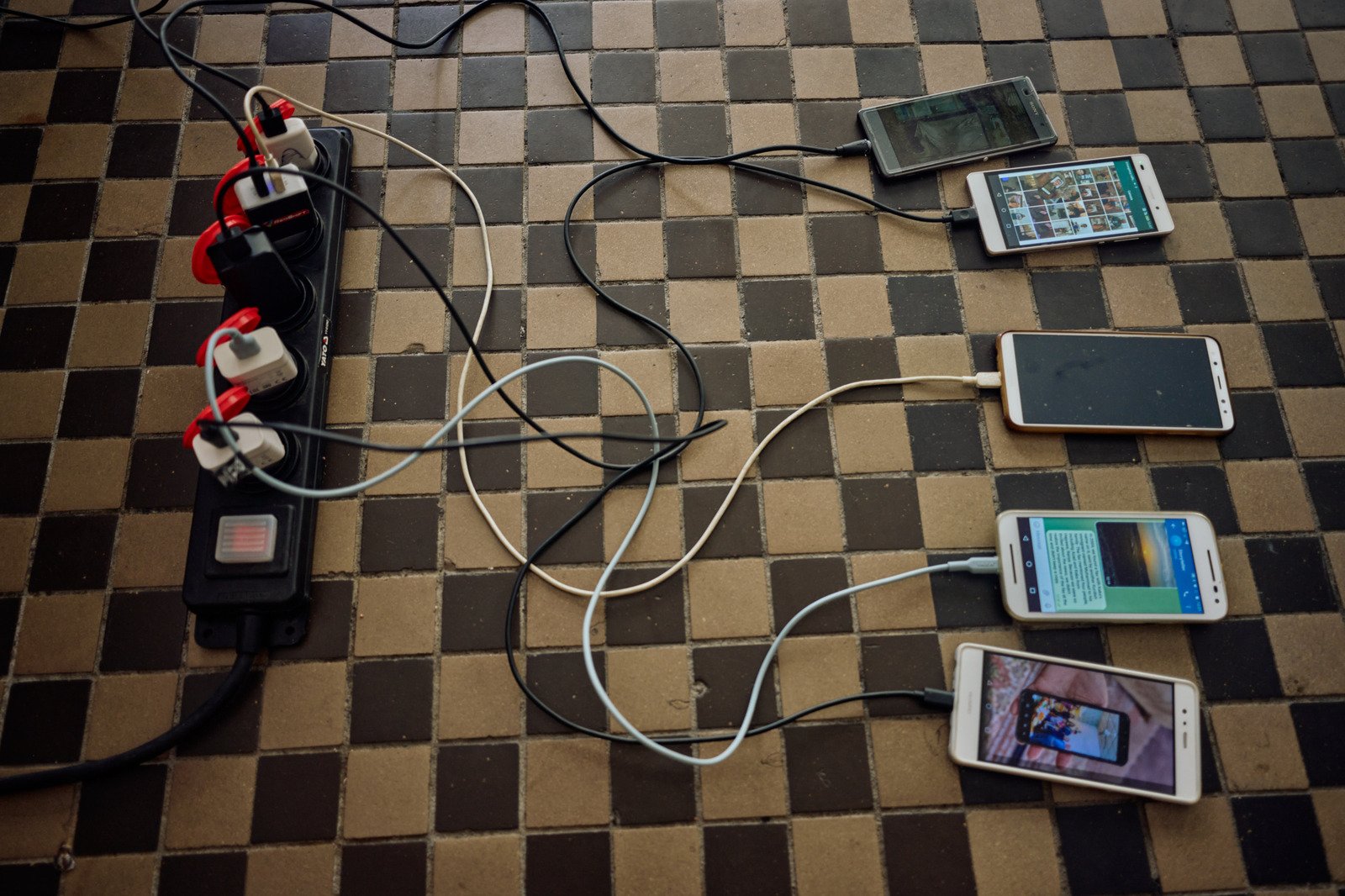Katie Zazenski
For three years now, Shamal Hisamadin has been photographing the families of people lost on the way to Europe in pursuit of the dream of a better life. The photographer’s hometown, Raniya, in Iraqi Kurdistan, is situated in a region from which more and more young people emigrate each year. Hassan’s work, and the larger story behind the work featured in “Waiting Room” is contextualized through the voices of curator Jagna Lewandowska and Katarzyna Czarnota of the Helsinki Foundation for Human Rights.
Katie Zazenski: What is the origin of the exhibition Waiting Room at KRAINA Foundation – How did Konrad, Shamal, and Jagna become entwined? What role did the Helsinki Foundation for Human Rights have here?
Jagna Lewandowska: In fact, from my perspective, it was Katarzyna (Czarnota) who approached Konrad Smoleński from KRAINA Foundation and me, who was the catalyst for the entire undertaking.
Katarzyna Czarnota: It all started at the international documentary film festival Watch Docs, which is a major annual event organized by the Helsinki Foundation for Human Rights (HFHR). In addition to screenings, the festival also includes a lot of inspiring meetings and talks, and that’s how the conversation with film director Anna Zamecka began. Anna had already approached Maciej Nowicki, President of the Helsinki Foundation for Human Rights. The inspiration came primarily from her own experience; Anna lives in Podlasie, where she was responding to the humanitarian crisis at the border between Poland and Belarus, providing humanitarian assistance to the people who ended up there. In December 2023, at the time of our meeting, she was carrying out a project with the KCAC (Kurdistan Centre for Arts and Culture) in Iraq with Shamal. So this idea of organizing the exhibition focusing on disappearances, from the perspective of the families, came directly from the series of photographs he had been making.
Since August 2021, a humanitarian crisis has been unfolding at the Polish-Belarusian border. In response to the increased number of individuals crossing the border outside official checkpoints, Poland has implemented regulations and practices that allow for expedited and often undocumented pushbacks of migrants. These pushbacks frequently involve undocumented detentions, effectively restricting individuals’ freedom both de facto and de jure. In most cases, migrants are forced to return to Belarus without their identities being verified and without the Polish border guards conducting the legally required administrative procedures. Pushbacks are carried out through service gates in the newly constructed barrier or via marshy areas and border rivers. As a result, many people have required urgent medical attention for fractures, injuries, dehydration, hypothermia, exhaustion, and the worsening of pre-existing chronic conditions. The team at HFHR decided to lead a diagnostic project in connection with advocacy and strategic litigation aimed at changing these practices and providing access to justice for the victims of border violence. But this problem is located in a broader context – we do not have a migration crisis, we have a global crisis and a lack of responsibility.
The challenge I set myself was to bring together representatives of the contemporary art world, non-governmental organizations, lawyers, and activists. Personally, I avoid art projects about exclusion which are often paradoxically based on hierarchical structures and end up being exploitative or exoticizing for the subject. In our project, equal decision-making was a basic condition.
JL: I really appreciate Katarzyna’s intuition. It is hard to find similar gestures from serious non-governmental institutions. In our team we talked many times about how each party – the Helsinki Foundation, Shamal, and KRAINA – shared equal commitment to this project, how neatly it meshed and how much we learned from each other.
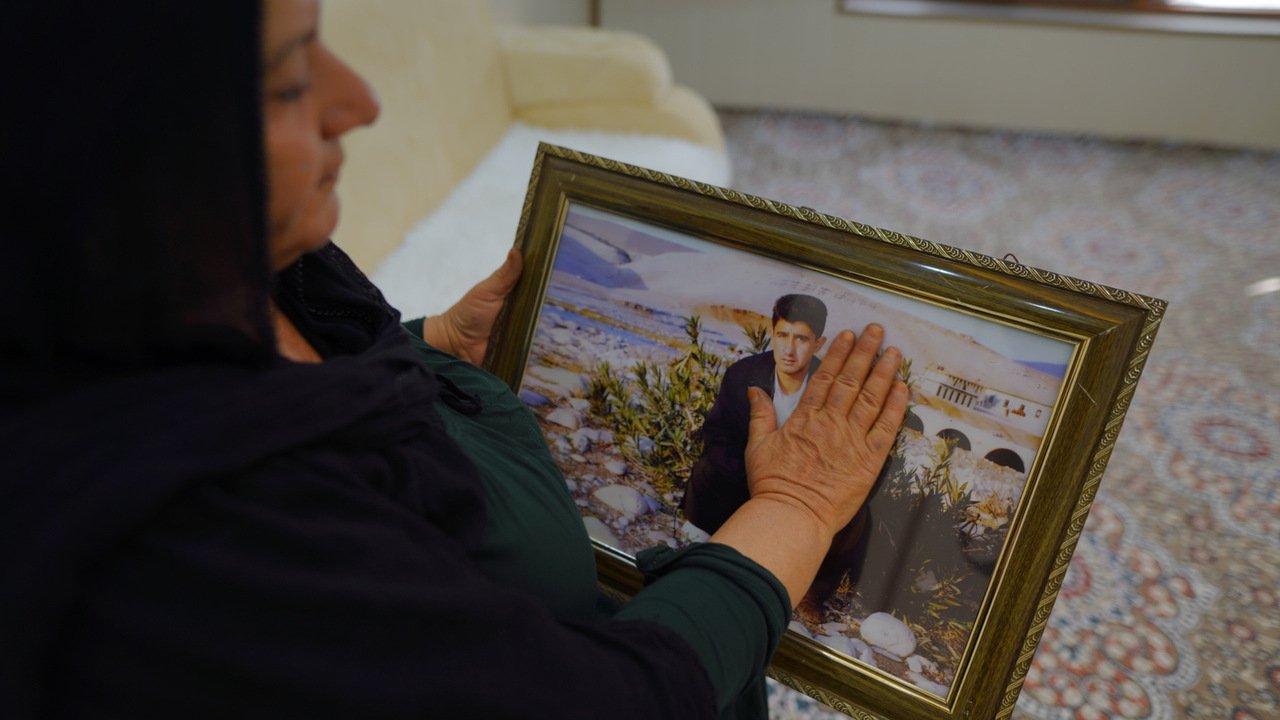
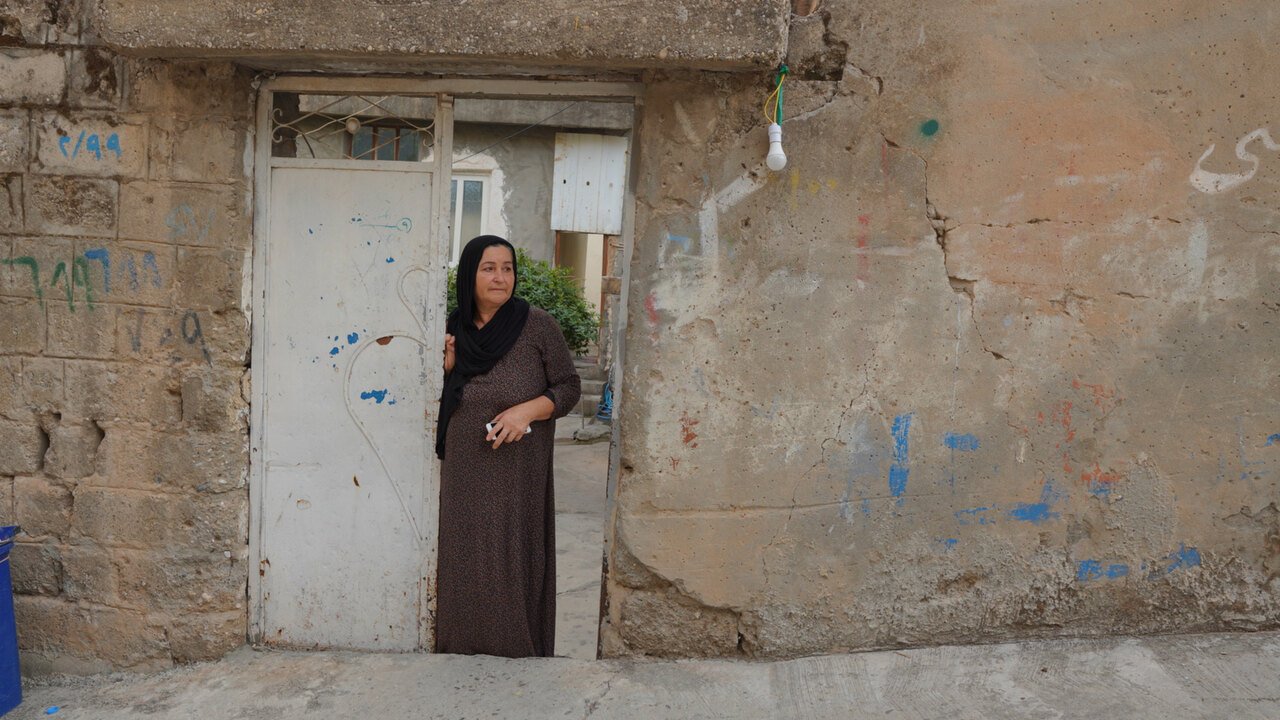
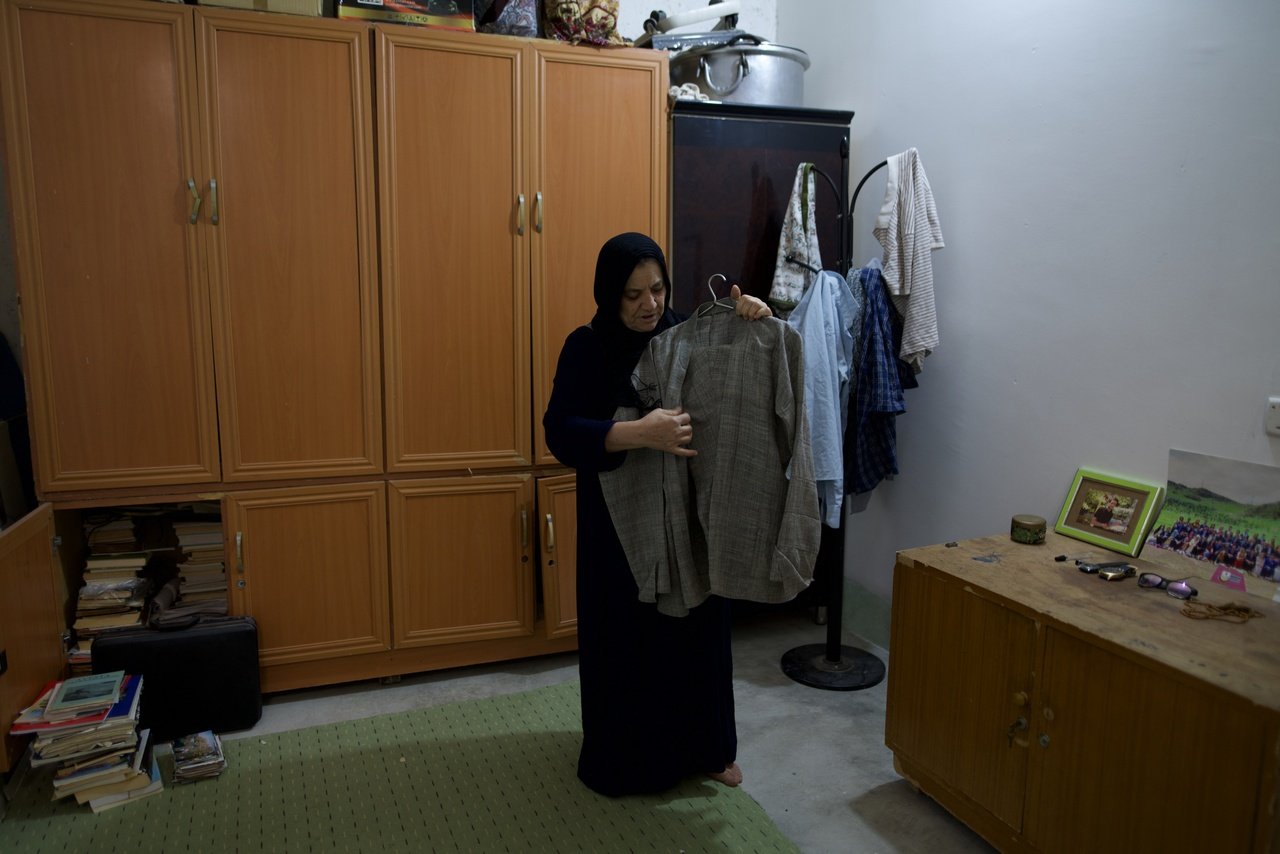


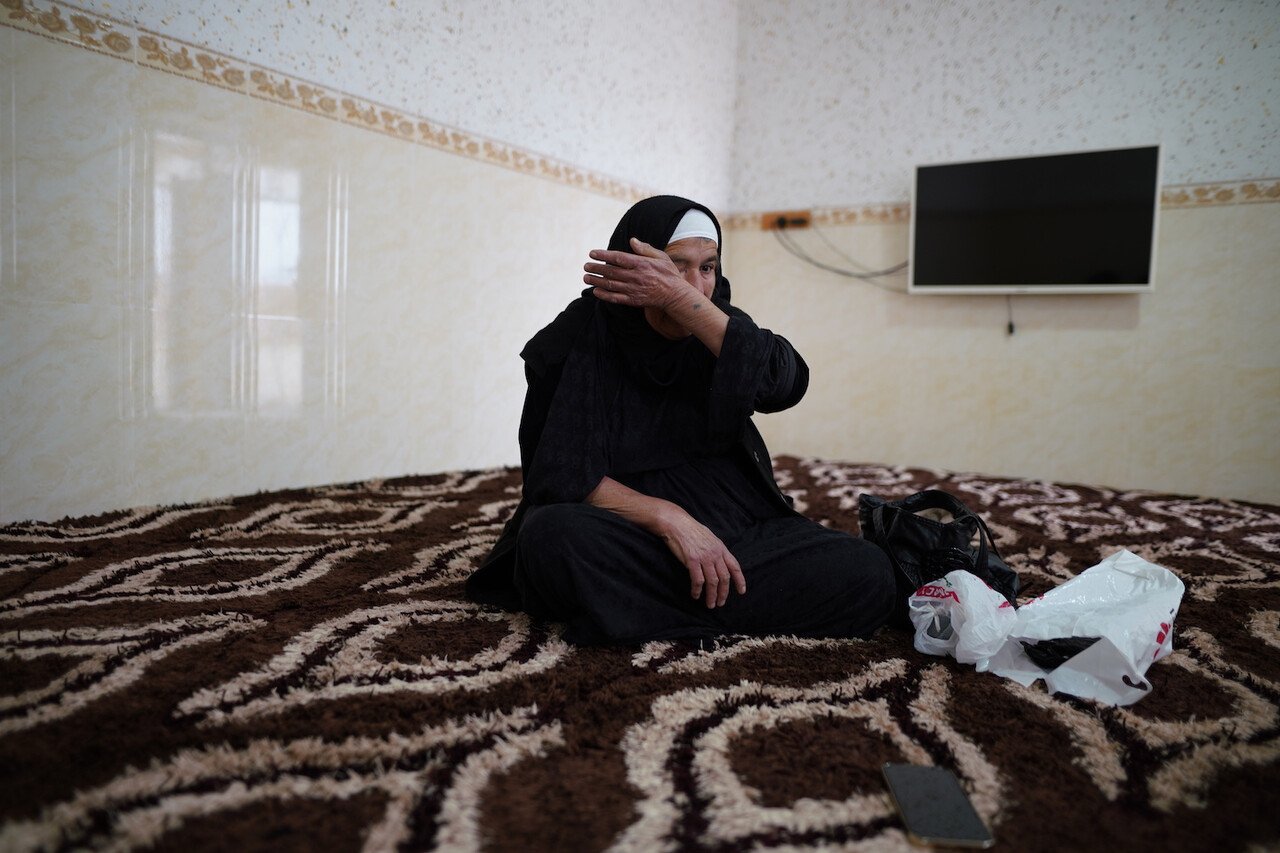

KZ: Jagna, you and Konrad traveled to Iraqi Kurdistan to meet Shamal, is this correct?
JL: Yes. After the initial conversation with Shamal, mediated by zoom and translation, one of our first intuitions was to visit him. To meet him directly and see the environment in which he worked on this project and to visit the people and places that were at the heart of this series. It was a very good decision, Iraqi Kurdistan is not a typical tourist destination. It is a beautiful land with wonderful mountains and nature, marked by traumas accumulated across hundreds of years. It is a nation and a country without officially recognized statehood (it is an autonomous territory in Iraq stretching to Syria, Iran, and Turkey). And all this pain, struggle for independence, and injustice that has affected the Kurds from neighboring countries and other temporary “allies” can be felt both in the people and in the landscape, which says so much. Our intention for the exhibition was to create the right abstracted atmosphere that would enhance the resonance of Shamal’s reportage – powerful photographs – and it seems to me that without this trip, the implementation of this task would have been much more difficult. I understood much more on site and it was easier to elevate the individual traumas of the people portrayed by Shamal to a more universal ground, which was what HFHR was aiming at, as it is a project that concerns many people of different nations and borders.
On site, we directly encountered a very complicated political order and unclear rules, which made it difficult to know who could be trusted; nothing was black or white. This is one of the oldest cultures, with a history dating back thousands of years, and has been entangled in multi-level dependencies from the beginning. This land was invaded and sprinkled alternately with the blood of successive generations of Kurds fighting for independence and waves of various groups and nations for which this independence will never be in the interest of the community. At the same time, this myth of independence, on the one hand supporting the spirit and system of values, is not enough to create a state, to build a new system that will work. People there are in some strange way entangled and built into circumstances that rarely depend on them – thrown from place to place, brutally pacified and indoctrinated. All this is reflected in the land, the landscape, the crafts and art and stories.
The meeting with Shamal and his family was also very special. The level of hospitality of the people there was incredible. We spent a few days in the Raniya region where he lives and which is the subject of the series of photographs of families of the missing. It is from there that most people migrate towards Western Europe. We had an intensive discussion here on the shape of the exhibition, which changed during this visit. Some of our intuitions turned out to be accurate, while others we had to revise based on our experiences of a different cultural order. It was a very interesting experience on many levels, difficult at times for me not only as a woman, but as a woman from the “west” and a woman in the role of curator in particular.
The fast pace of work was also a factor. Exhibitions are prepared completely differently in institutions where there is time for research and procedures also usually take longer. Here, working not with art institutions but mostly NGOs, the decisiveness and speed of the project was unexpected; some decisions, including the one about going to Kurdistan, were made within a few days, not months. When we went to Iraq we only had a conceptual sketch – we knew that we wanted to show this exhibition in the space of KRAINA, which is far from a white cube gallery. In terms of arrangement, we also knew that we wanted to refer in some way to one of Shamal’s photographs showing the waiting room in the grassroots “office” for missing persons – a neighborhood space created by the people, not a governmental or any kind of officially recognized office – in Kurdistan. We also wanted to work with mobile phones and highlight their important role for people “on the move.”[1] And it was known that Konrad would work with sound and that we wanted to balance the reportage nature of Shamal’s photographs a bit. We were very keen to not follow the pattern of exhibitions typically shown in institutions concerning “social problems,” which often take the form of photographs produced on foam backing, lining corridors or hung outside on the fences of official buildings, where they become completely invisible.
So we went to Kurdistan with the bold proposal of showing all the photographic material on mobile phones, engaging with the project’s website, and with the intention that the exhibition would be easy to transport and function in a digital format between its subsequent shows in different spaces. However, Shamal was very keen on physical prints of his works and the proximity of the images and the specific stories they illustrate. He wanted to provide these works with an appropriate amount of space, and that was ok for us. So in one night at Shamal’s house, we revised the original ideas and selected from his collection a coherent set of photographs showing people in specific domestic interiors.


KZ: Can you describe the exhibition – the works on view, stories shared, etc.?
JL: As I mentioned, the shape of the exhibition evolved, but there were several elements that were preserved in accordance with the original vision. Of course, the central material of the exhibition were Shamal’s photographs. Together with him, from a much larger series realized over three years, we selected 10 photographs that we produced later in Poland in large format. These are photos of people in interiors: loved ones of missing people, waiting in pain for the missing to return home. These interiors are often the rooms of the missing people, untouched for years. Often the photos also include objects belonging to these people or their portraits held in the hands of their families.
Equally inspiring material were Shamal’s conversations with families, which he conducted while taking these photographs. These are heartbreaking conversations about people whose memory is still sacred and destiny is unknown. About their professions, the motives that made them decide to emigrate, as well as their last contact – the last call, the last text message. Above all, these are conversations about all shades of longing; searching for signs of the loved ones return in everyday life, about recurring dreams and compulsive crying. The Kurdish language has a very poetic potential, so even these simple messages describing heartbreaking situations are full of symbolic images. All this became the inspiration for creating additional elements of the exhibition.
Konrad’s video, sound, and light installation, which had its own space in the room that is usually the office of KRAINA, was mainly composed of field recordings and video made during our trip to Iraqi Kurdistan. The idea was to add another layer, to abstract the context in which Shamal’s series of photographs was created, to universalize them and go beyond single, individual stories while at the same time giving them space. But what Konrad achieved in the clear, powerful editing, whittling the whole thing down to image and sound, which sometimes follows the image and sometimes contradicts it, and a light bulb that turns on unexpectedly, was much more than the sum of its parts. During the two-week exhibition, I spent about a dozen hours with this work, with my eyes open and closed, moving to Kurdish memories and confronting them with Konrad’s own interpretation which deftly incorporated both snippets of dialogue from conversations recorded by Shamal and seemingly detached, abstract levels of sound and image.
The work emphasizes the feeling of lack and emptiness, which sometimes borders on gentle melancholy, and at other times pierces the core with a loud sound. In a very characteristic way, similarly to Konrad’s earlier works, which are known to an international audience, he lets sound dictate the terms, emphasize the themes, and introduce confusion and darkness, from which it is difficult to later shake off. Konrad is fluent in an abstract language that evades easy description. I’m glad that even in such a modest project, this language could resonate, and that the viewer could feel the weight of this work even if they might not be able to fully understand it.
Excerpts from Shamal’s conversations appeared in the installation in trilingual typographic compositions on the windows of KRAINA, as well as were arranged in the found-footage presentations on the mobile phones. Mobile phones are one of the most important technologies accompanying these people on the move. Often their existence depends on a signal or battery status. That is why we wanted to somehow inscribe the phones into the shape of the exhibition. We managed to do this thanks to Michał Algebra, who composed and installed imaginary conversations of a person on the move onto the phones – screenshots of phone screens in video mode based on apps most commonly used during migration such as Telegram, GoogleMaps, or Whatsapp. The short texts (in the form of SMS clouds) were illustrated with other photos by Shamal, with images from the series of our travel to Kurdistan, as well as excerpts from reports of HFHR and other materials that might be relevant for a person on the move to keep on their phone.


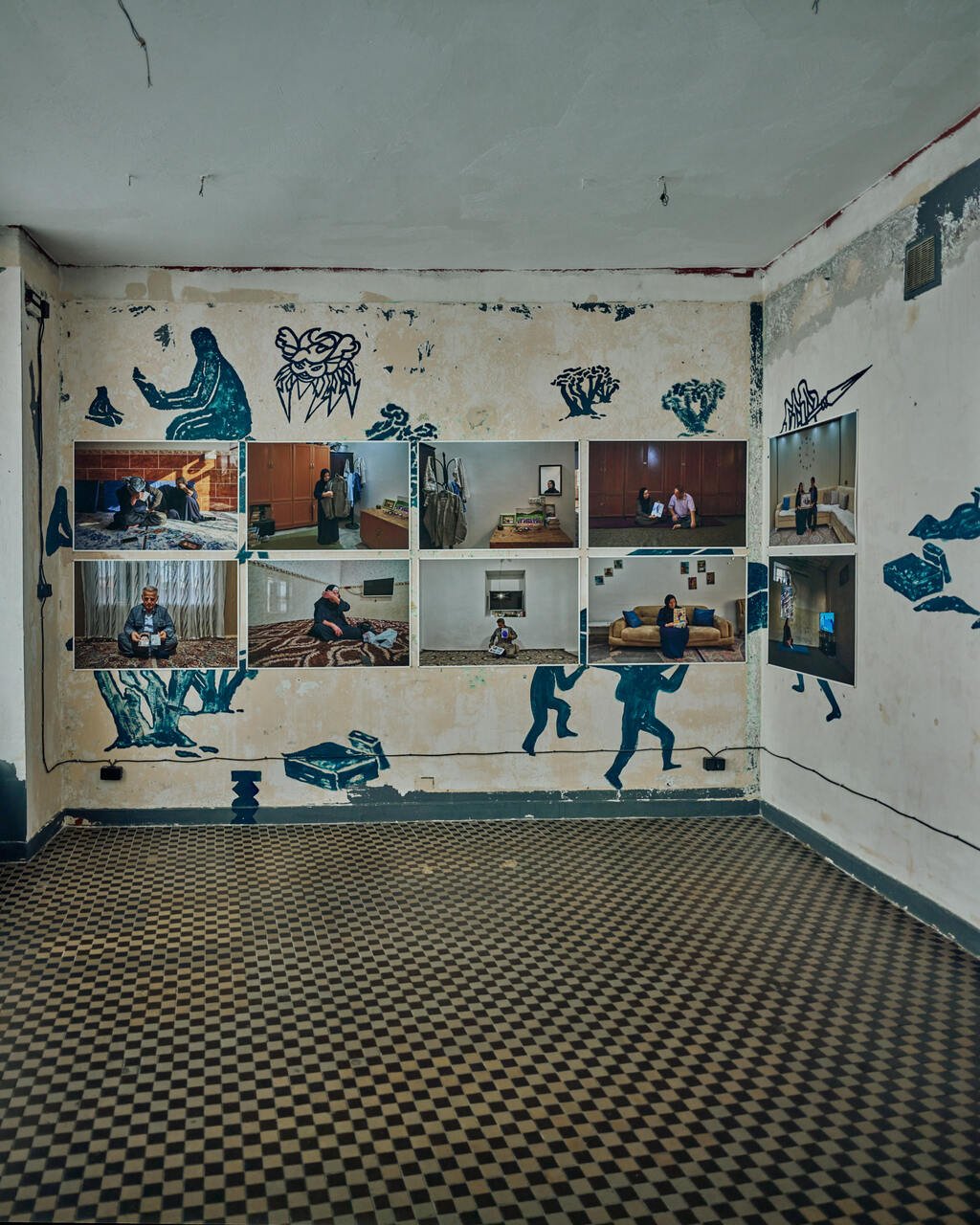
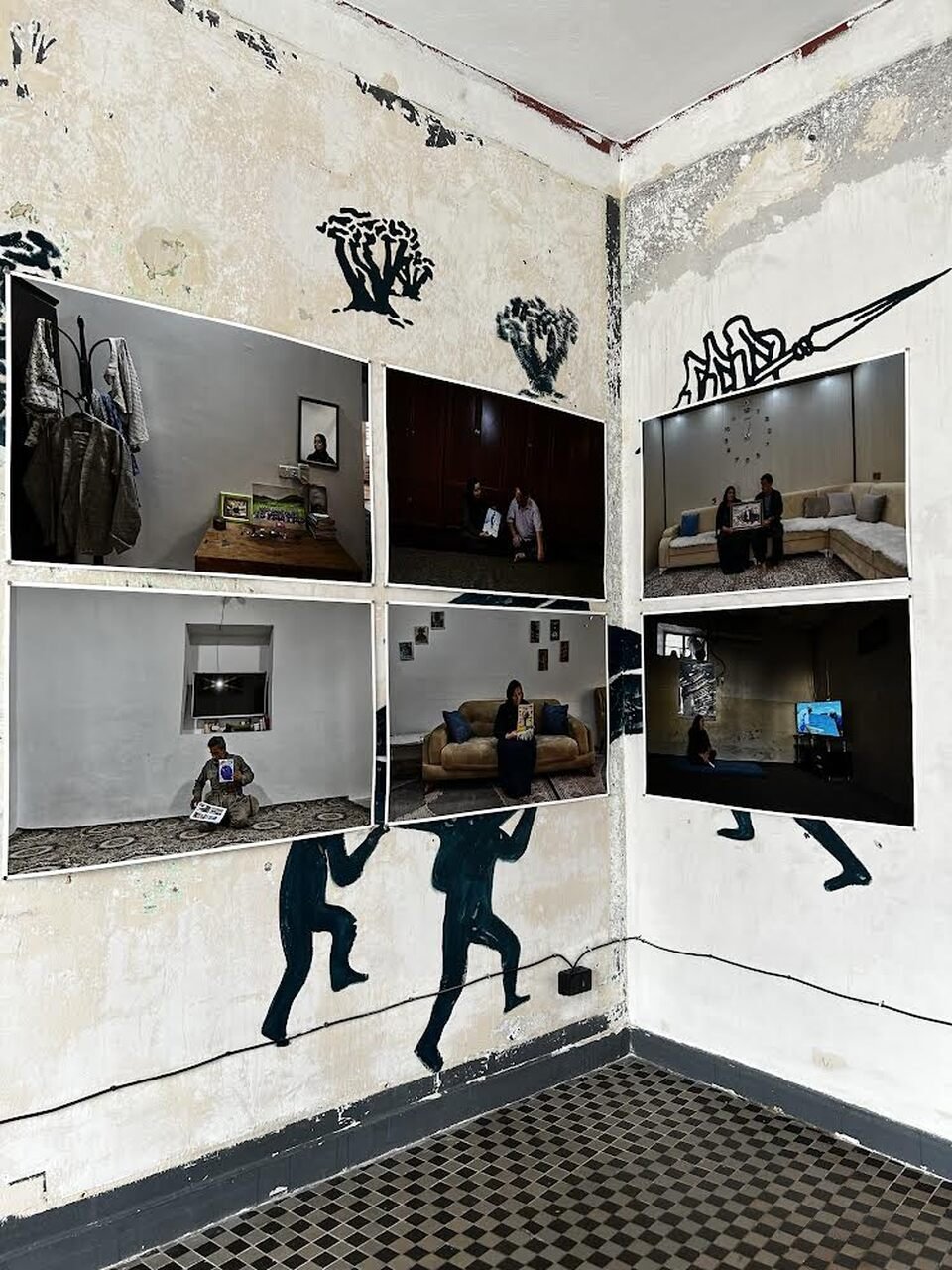
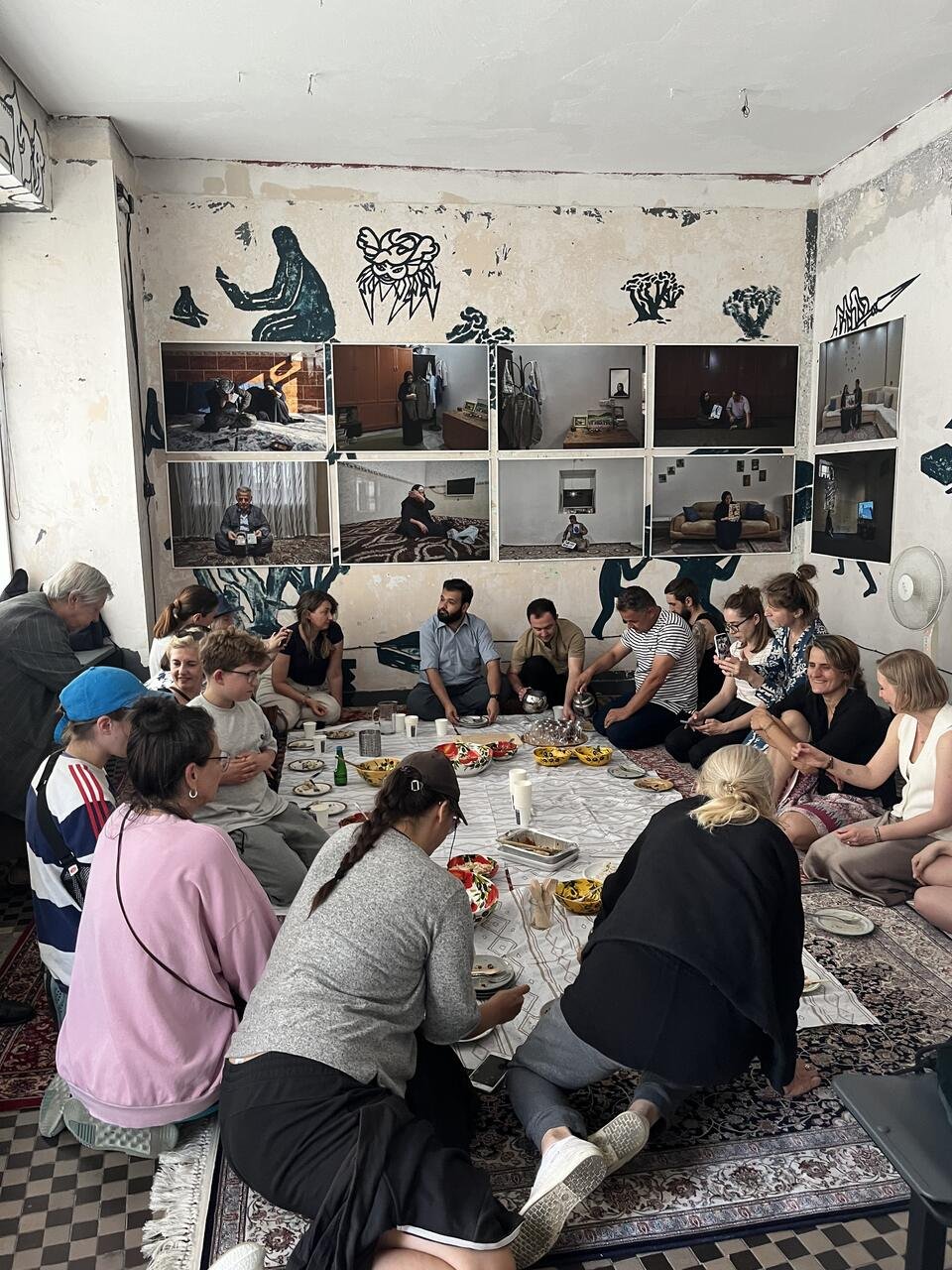
KZ: I noticed there was only one story of a woman who has disappeared in all of these interviews. Do men tend to leave more than women?
KC: This mechanism is observed everywhere and is related most generally to various barriers, one of which is financial. If there are no legal avenues of departure available, people are consequently pushed into the underground economy. There you have to pay a lot for everything – transit, food, water – your fate is in the hands of smugglers. It is safer to send someone who can also physically manage to survive this kind of trip first. In the same time, the connection with GBV (Gender Based Violence) and disappearances is usually overlooked in international law, as focus is placed on the disappearance instead of the gendered setup of society and the structural consequences that emerge from such a setup. So far, international institutions have been proven ineffective in highlighting the inner connection between GBV and the enforced disappearances of women and girls, as well as their experience of violence at the borders.
KZ: What is the main prohibitor of safe migration for people in this region (Iraqi Kurdistan)?
KC: I think that it is a more systemic problem – broadly speaking, it is necessary to recognize Europe’s failure to provide safe and legal routes that guarantee security and respect for the law for both the border and the individual crossing. People in Iraq and other destabilized countries do not often have the possibility to change their lives and seek a better future in their homelands. Asylum seekers are often prevented from taking legal and safe routes, and as a result, people have to choose more dangerous routes. The activity of smugglers and the threat of human trafficking in all EU border areas is increasing.
There is also a need to take into account the phenomenon of the instrumentalization of the law by political figures like Erdoğan, or how Belarus and Russia use people as pawns in political games. We need to end the politicization of migration – which is understood as the lack of reliable and systematic measures at the borders – and confront the situation of needing new systemic solutions in times of ongoing crises. For measures such as funding more fences, drones, or tear gas, and condoning violence against migrants and asylum seekers – including detention, withholding access to basic services such as shelter, food, or water, and the use of threatening language or hate speech – will not stop migrants from coming or attempting to come to Europe. We need to redefine what territorial sovereignty means, and we need to understand that borders are porous by nature. Providing migrants and asylum seekers with legal and secure mobility solutions will in turn ensure control.
The politicization of forced migration and its associated challenges has led to a focus on “security,” while the lack of systemic solutions and the marginalization of migrants’ rights are largely ignored. As a consequence, these rights violations push migrants and their rights into social invisibility, which is exacerbated by the limited media coverage that is devoted to documenting and contextualizing these cases.
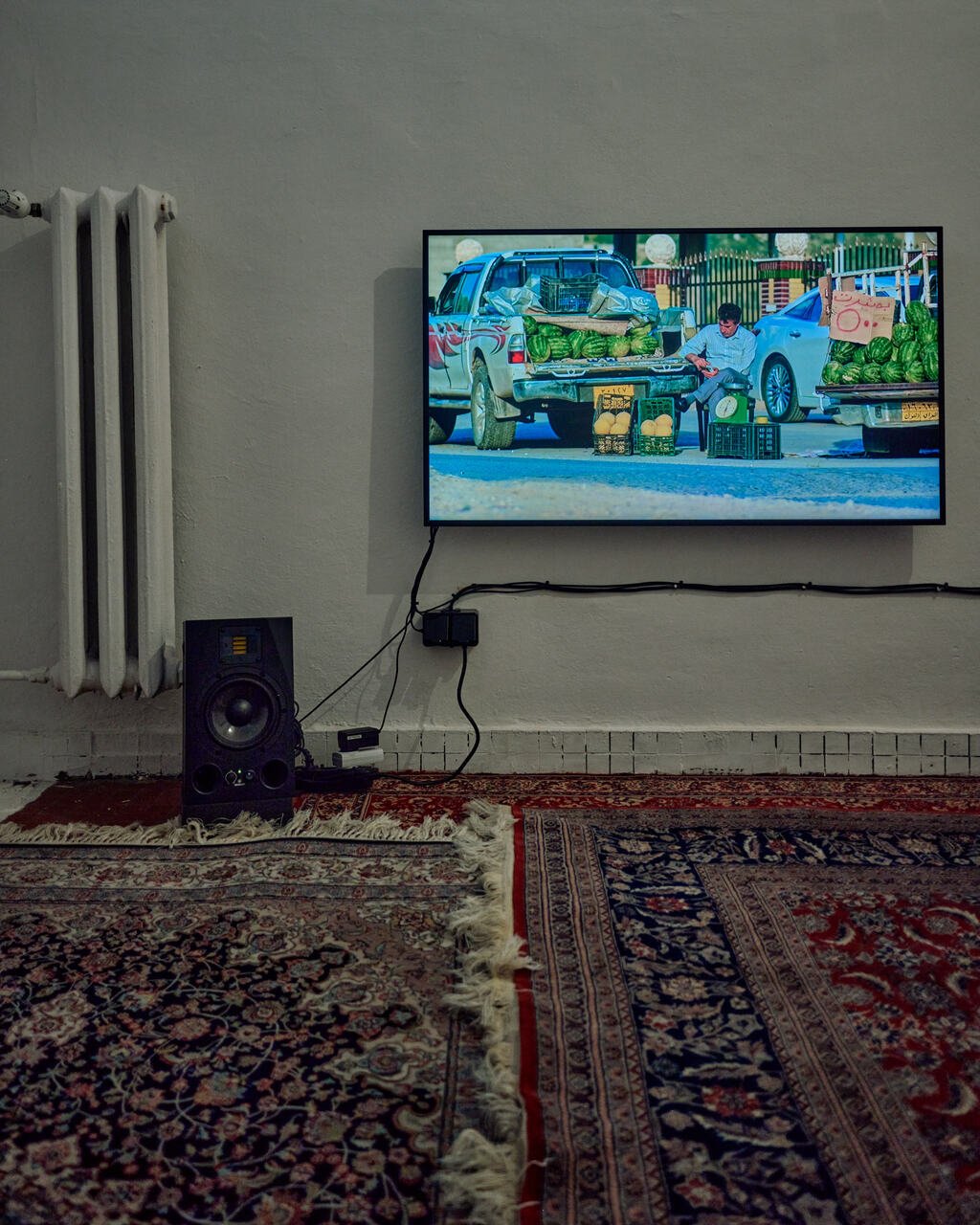

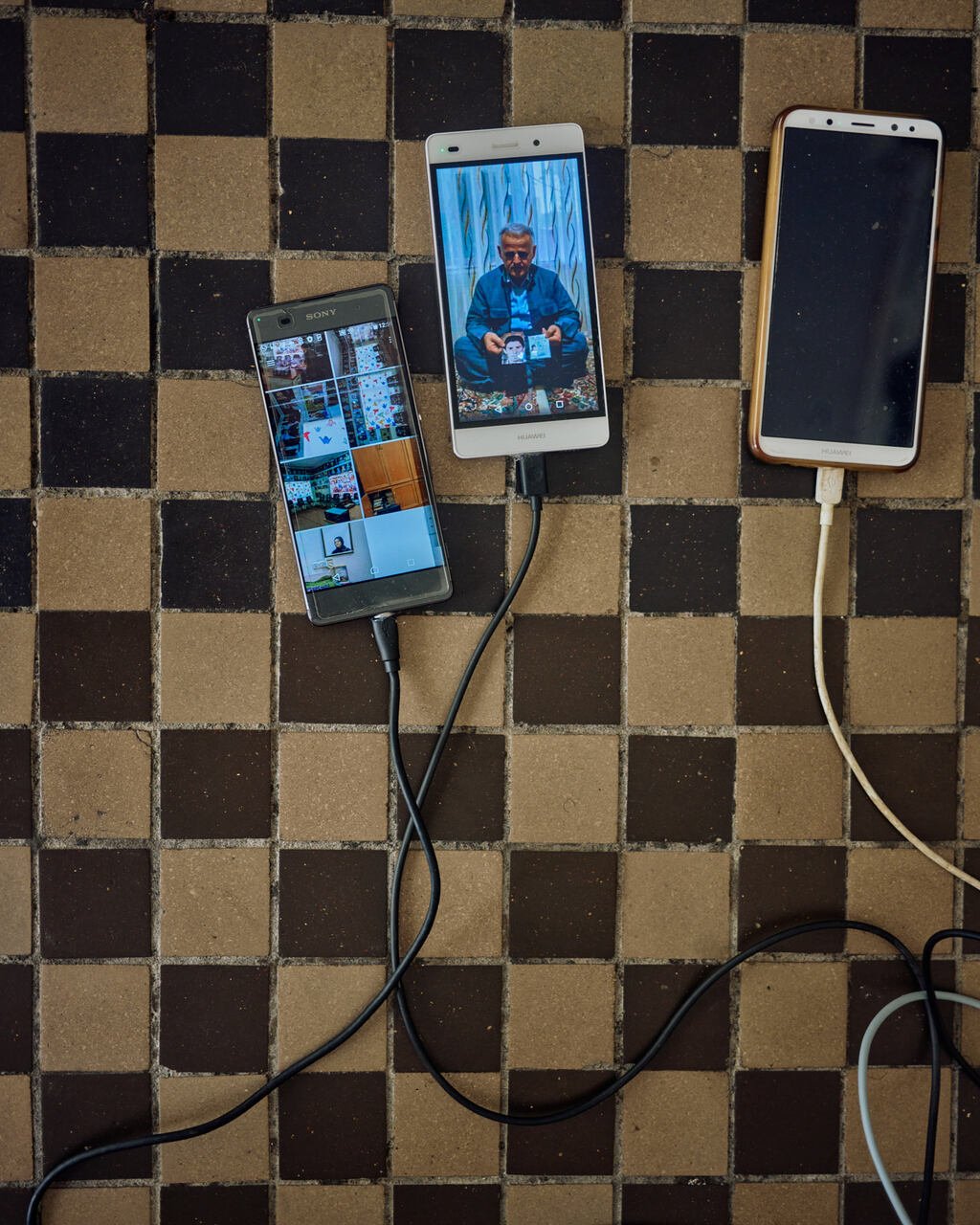

KZ: When did Shamal begin documenting these cases? Has his approach changed over time?
JL: Shamal has emphasized from the beginning that the most important thing for him in this project is to tell the stories of people from his region, Raniya. This is an area from which more and more people have been emigrating for a long time, hoping for a better life. Unfortunately, some never return and also never reach their destinations, either. They disappear during their time on the move and the flawed, oppressive system that ignores the fact of their existence often does not even allow for the identification of their bodies. Shamal has been photographing the suffering of the families of the missing people for three years. He does it with great care and what I would even call a sociological zeal. This work is a combination of reportage with a very sensitive, understanding, neighborly approach.
KZ: Many European or European-adjacent countries are implicated in the collected interviews: Turkey, Italy, Greece, France, Belarus, Britain. What role does Poland play in these enforced disappearances, and what is the significance of this exhibition – presenting these stories – in Poland?
KC: Our project was primarily diagnostic. In Poland, the problem of disappearances and the link between pushbacks and enforced disappearances is uncomfortable because of this aforementioned instrumentalization of the law. Thanks to previously conducted work by humanitarian aid workers, as the Helsinki Foundation for Human Rights we undertook a legal, cause-and-effect style analysis, outlining the answer to the question of how state functionaries contribute to enforced disappearances. This is also an important moment for us, as Poland is currently preparing to ratify the UN Convention on Enforced Disappearances. Events which provide visibility, such as cooperation with artists, are some of the various tools that we have to make politically uncomfortable issues visible and discussable at a societal level.
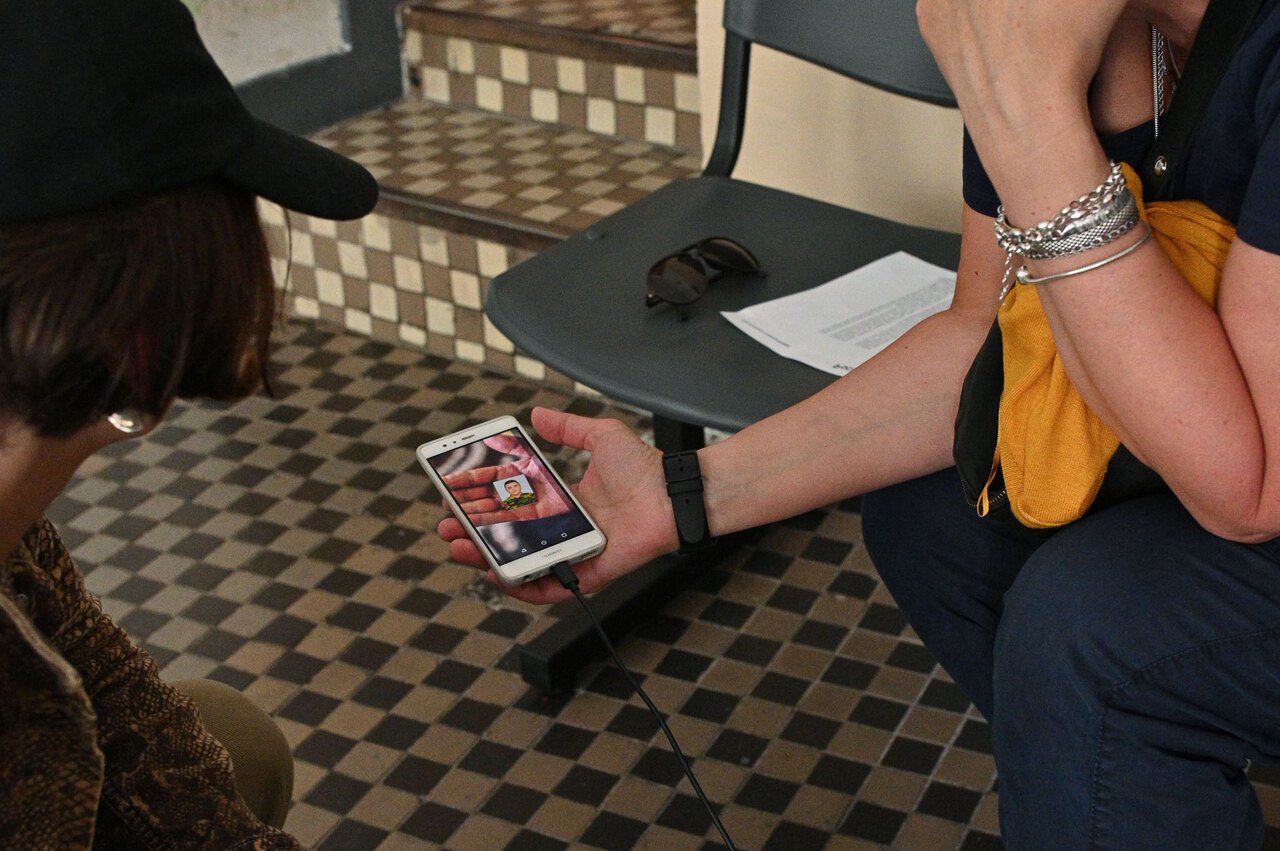
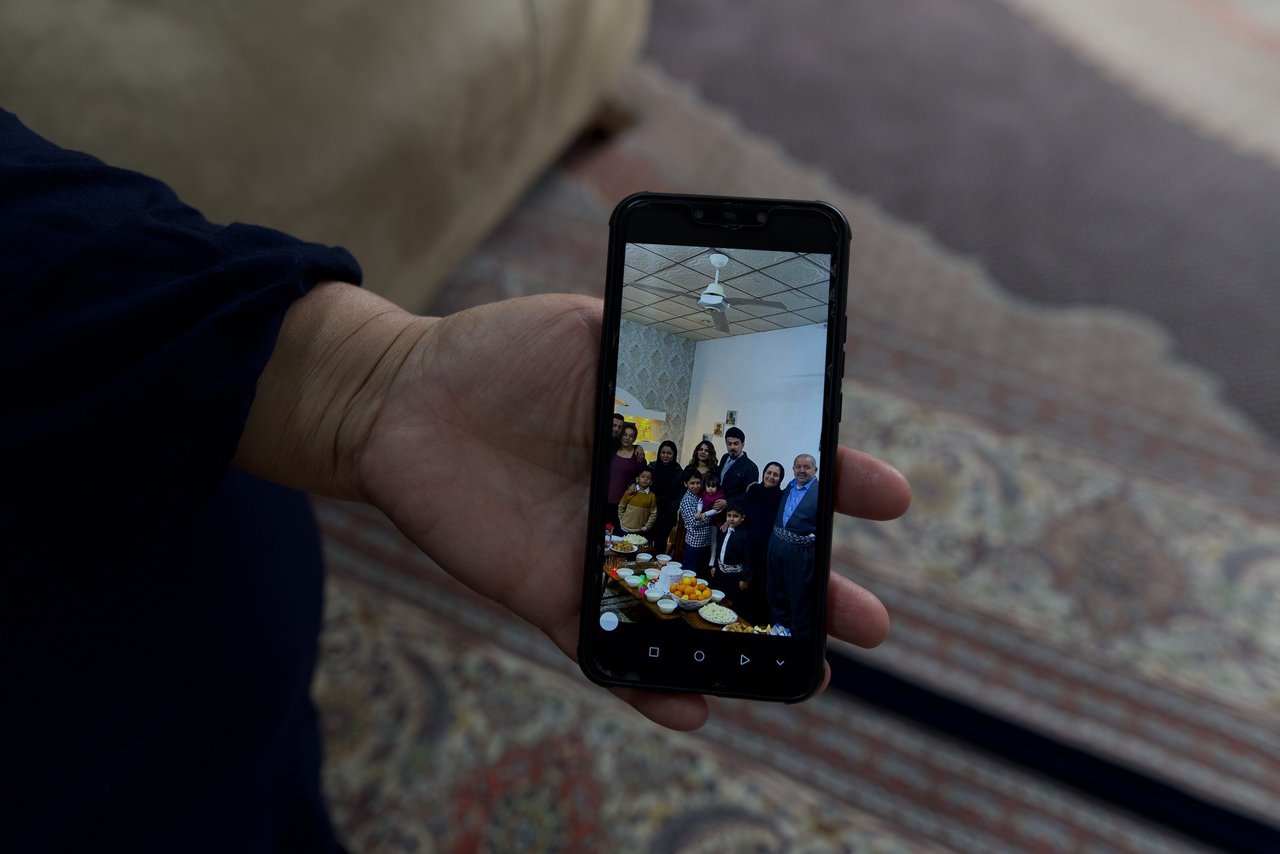
KZ: On that note, in your opinion, what role does culture play, or what role can culture play in changing such circumstances?
JL: MISSING – the project developed by HFHR of which the exhibition Waiting Room is contained within – was the first time I worked with two non-governmental organizations with different missions and scopes. It seems to me that such marriages make a lot of sense. The pace of action and effectiveness is greater than usual in cultural institutions, and you can operate outside the procedures that art is normally subject to. At the same time, the stakes and activities that NGOs care about gain a new context, a perspective that contextualizes and gives a face and a story to the statistics. It was very pleasant to watch how audiences from several worlds mixed at KRAINA, how participants in political debates taking place in the exhibition space referred to the works surrounding them. And vice versa – how the audience who came to the exhibition confronted specific problems that organizations such as HFHR, or activists on the Polish-Belarusian border, deal with on a daily basis. These worlds were enriched without the need to make any major compromises. I don’t think we changed the world here, but the matter was certainly publicized. We organized a press conference about the use of weapons on the border, which was broadcast on the largest Polish television stations. Kacha had the opportunity to present a very valuable report on missing persons, and additionally, people were exposed to tools that help make them sensitive to subtle, abstract signals that only art can capture from the world.
KZ: As a last note, can you talk about the history of KRAINA Foundation and the role this space plays in the community of Warsaw?
JL: I am not a member of the foundation, but I think that after this shared experience I can at least describe myself as a friend and admirer of this place. KRAINA grew directly out of the activities of the Mokotów Aid Center, which very actively helped the Ukrainian community in the first months of the full-scale Russian invasion of Ukraine. After a few months the aid center no longer had access to this space, so, some of the people involved decided to continue their activities in the Mokotów neighborhood, and so, the KRAINA Foundation was established. It is located at Puławska 67 and after more than a year of very intensive activities, they have managed to develop a modus operandi around activities that strengthen the local community, with particular attention paid to “people in the migrant, refugee, impoverished, crisis of homelessness communities, the elderly; those who do not find their place in today’s world.” I really recommend following their activities, as well as the exhibitions program, which I hope will become a permanent element of this unique and warm place.
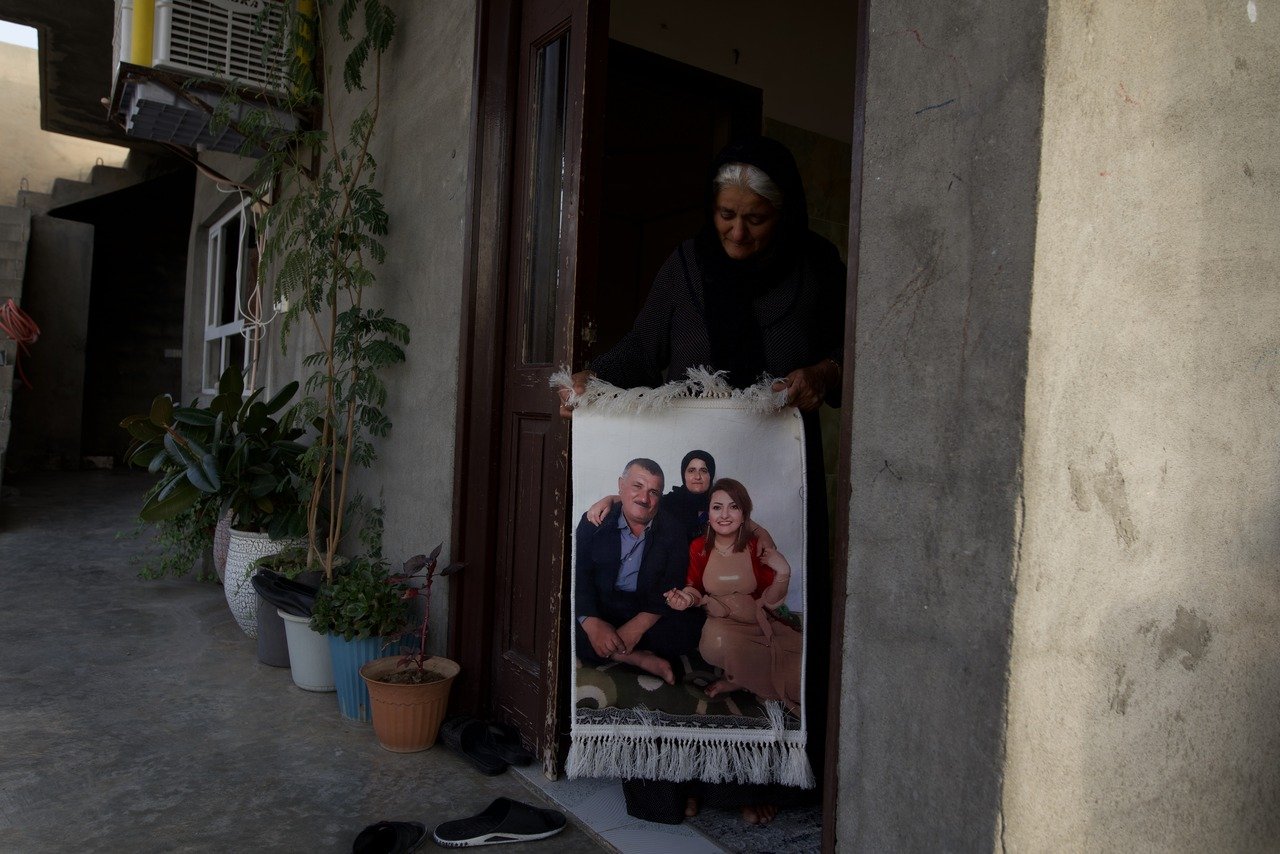


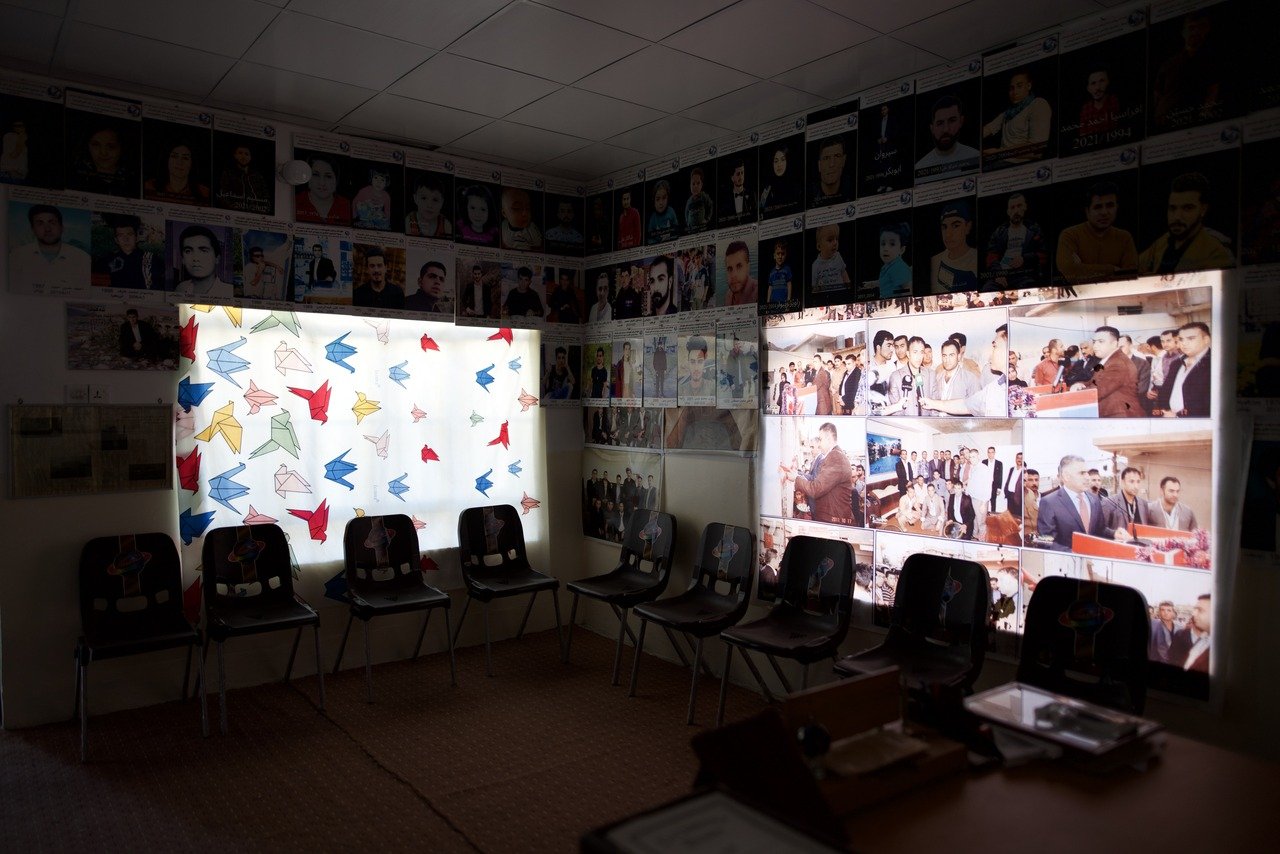
The Helsinki Foundation for Human Rights published the report “Disappeared on the Polish-Belarusian border. Pushbacks as a factor in enforced disappearances,” diagnosing the scale and causes of enforced disappearances in Poland. The analysis includes the results of a year-long study and recommendations for changes necessary to prevent further disappearances and deaths in Poland. We invite you to read the report, which you can find in the appendix and on the Foundation’s website: https://hfhr.pl/publikacje/raport-zaginieni-na-granicy-polsko-bialoruskiej
The publication of the HFPC report coincides with two important processes:
Poland’s ratification of the UN Convention of December 20, 2006 on the Protection of All Persons from Enforced Disappearance – the document will soon become part of Polish law: it will expand the scope of human rights protection, state obligations, including affecting the protection of missing persons and their family members, ongoing work on developing a Polish migration policy.
As well, you can listen to a podcast from CzasKultury with Jagna Lewandowska and Katarzyna Czarnota on MISSING: https://czaskultury.pl/artykul/stany-wyjatkowe-intersekcjonalnosc-i-dokumentacja/
Waiting Room is currently on view at Cinémathèque Leipzig from September 13 to October 20, 2024. After that, it will fly to Kurdistan and we hope that it will visit many more countries and unique places.
[1]K. Czarnota., Where cameras and witnesses are absent. The potential of forensic methods and techniques in documenting violence at the borders of the European Union (article in Researchers at the Borders (BBnG)https://www.bbng.org/
https://docs.google.com/document/d/1_XvBYO1WLRCWiTz9BpQmVxgp5zDahIQT/edit )
